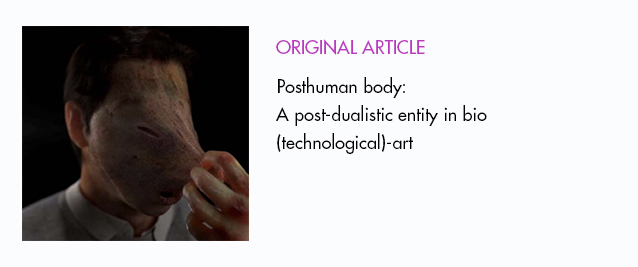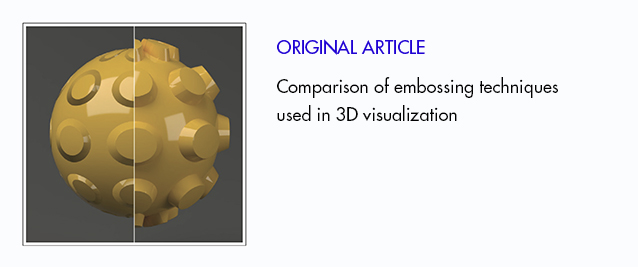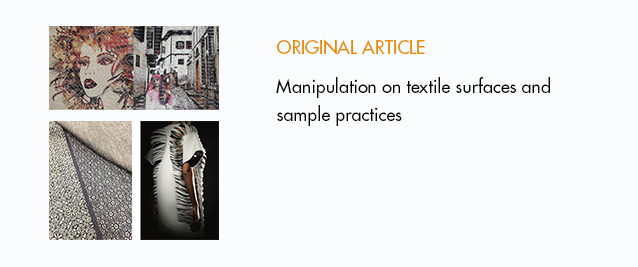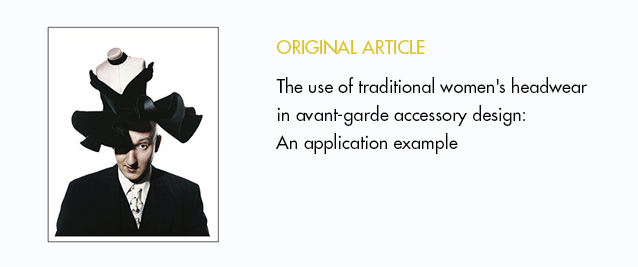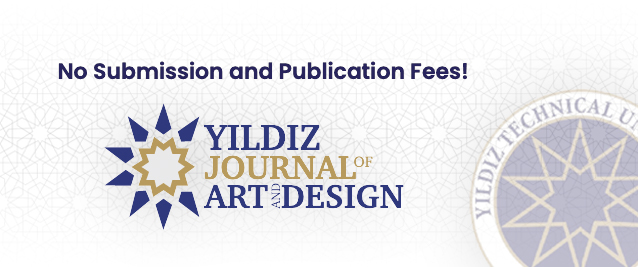Abstract
The role of the concepts of eyes and gaze in the construction of meaning in portrait photography constitutes the focal point of this study. The aim of the study is to reveal how eyes and gaze direct the narrative in photography, how they affect the relationship of meaning established with the viewer, and what function they assume in the context of nonverbal communication. The theoretical framework of the study is based on Eckhard Heinrich Hess’s (1975) approaches to the functions of the eyes in emotional and cognitive processes, as well as the theories of Allan Pease (2002) and Joe Navarro (2021) regarding the meaning of gaze in nonverbal communication. The study was conducted using a qualitative analysis method, combining a literature review and the analysis of visual materials in the data collection process. The analytical approach of the study is based on the semiotic analysis perspective shaped by Roland Barthes (1979). The literature review was carried out to systematically present the accumulated knowledge in the fields of portrait photography and nonverbal communication and to evaluate previous studies. The visual analysis aimed to determine how gaze direction, eye contact, and pupil movements shape the narrative in photography and influence the meaning relationship established with the viewer. The findings reveal how eyes and gaze direct the narrative power of photography and shape the viewer’s perception. In this context, it is suggested that eyes and gaze be regarded as nonverbal communication elements at the core of photographic narrative, and that these elements be taken into consideration in analyses within the field of visual arts.
Portre fotoğraf sanatında göz ve bakış kavramlarının anlam inşasındaki rolü bu çalışmanın odak noktasını oluşturmaktadır. Çalışmanın amacı, gözlerin ve bakışın fotoğraftaki anla-tıyı nasıl yönlendirdiğini, izleyiciyle kurulan anlam ilişkisini nasıl etkilediğini ve sözsüz iletişim bağlamında nasıl bir işlev üstlendiğini ortaya koymaktır. Araştırmanın kuramsal çerçevesi, Eckhard Heinrich Hess’in (1975) gözlerin duygusal ve bilişsel süreçlerdeki işlev-lerine dair yaklaşımları ile Allan Pease (2002) ve Joe Navarro’nun (2021) bakışın sözsüz ile-tişimdeki anlamına ilişkin teorileri temel alınarak oluşturulmuştur. Araştırma, nitel analiz yöntemiyle yürütülmüş olup, veri toplama sürecinde literatür taraması ve görsel materyallerin analizi bir arada kullanılmıştır. Çalışmanın analiz yöntemi, Roland Barthes’in (1979) görüşleri çerçevesinde şekillenen göstergebilimsel analiz yaklaşımına dayanmaktadır. Literatür taraması, portre fotoğrafçılığı ve sözsüz iletişim alanındaki bilgi birikimini sistematik bir şekilde ortaya koymak ve önceki çalışmaları değerlendirmek amacıyla gerçekleştiril-miştir. Görsel analiz ise, bakış yönü, göz teması ve gözbebeği hareketlerinin fotoğraftaki anlatıyı nasıl biçimlendirdiğini ve izleyiciyle kurulan anlam ilişkisini nasıl etkilediğini belirlemek amacıyla yapılmıştır. Elde edilen bulgular, gözlerin ve bakışın, fotoğrafın anlatı gücünü nasıl yönlendirdiğini ve izleyicide nasıl bir algı oluşturduğunu ortaya koymaktadır. Bu bağlamda, göz ve bakışın fotoğrafik anlatının merkezinde yer alan sözsüz iletişim öğeleri olarak değerlendirilmesi ve görsel sanatlar alanındaki analizlerde bu unsurların dikkate alınması önerilmektedir.



